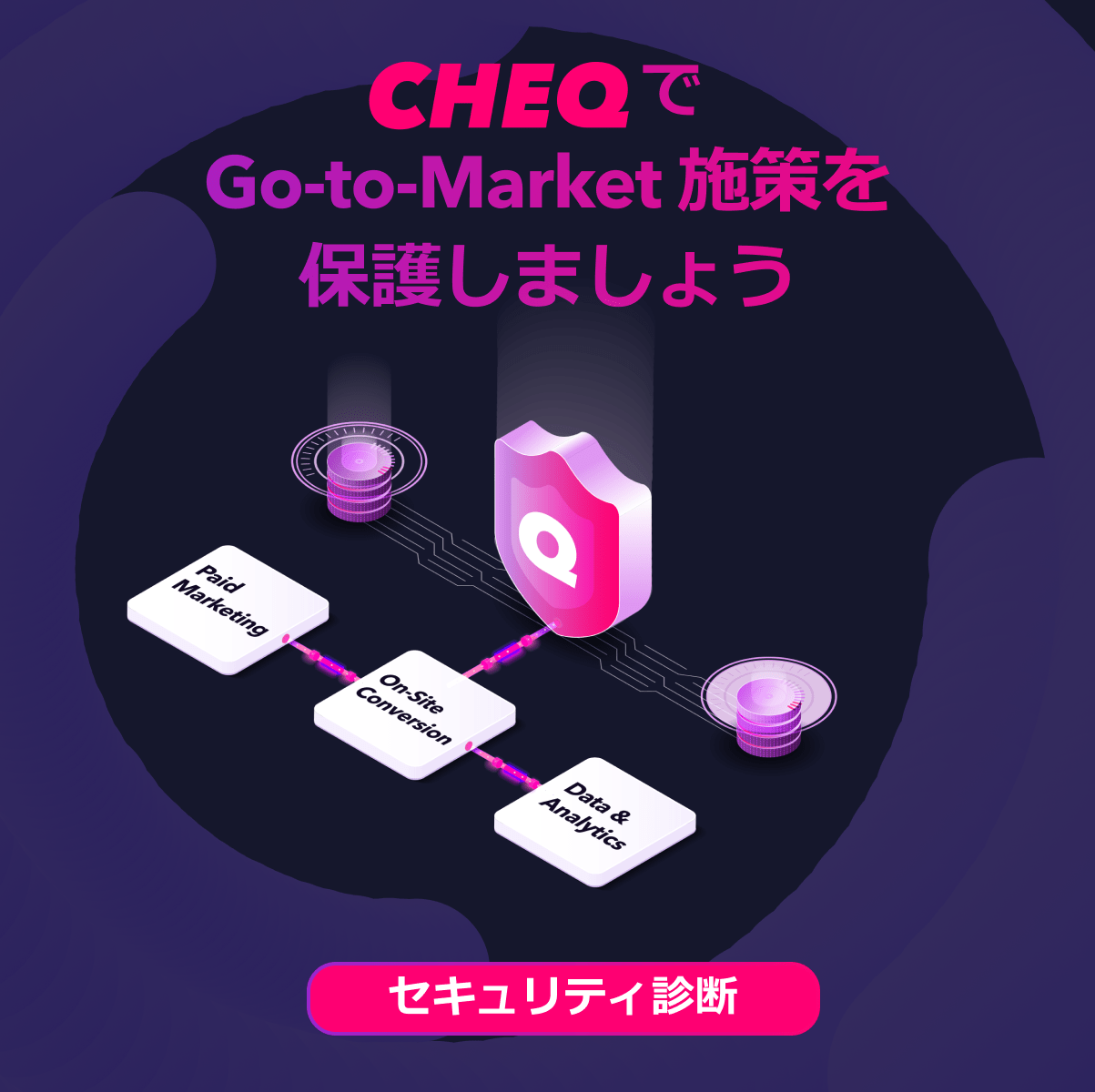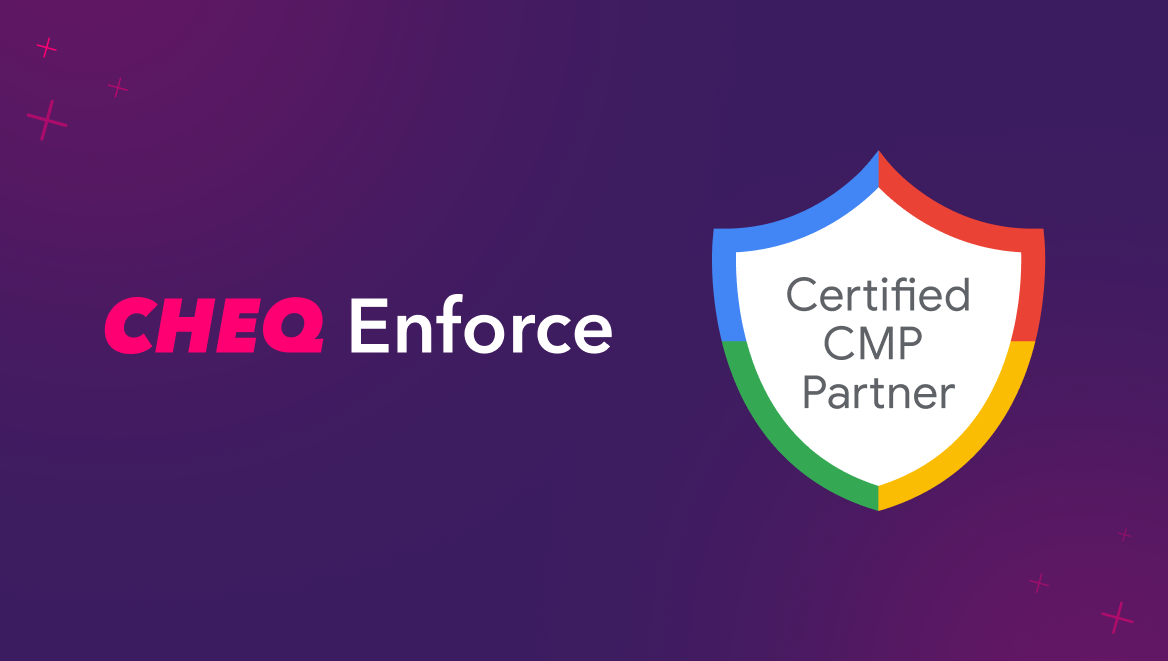How to Make the Most of Your Affiliate Marketing Programs
Kerry Coppinger
|Marketing | June 01, 2022

Affiliate marketing has become massively popular among businesses who want to quickly reach new audiences and drive sales. For those new to the concept of affiliate marketing, it can be described as a promotional commission-based tactic that involves paying independent referrers (or affiliates) for the clicks, traffic, or sales they bring to a company’s website. These programs are commonly tracked through unique links that are provided to each affiliate. The company then pays each affiliate based on the results their links drive for their products or services. Whether you are considering launching your first affiliate campaign, or if you are just looking to revamp your existing programs, this article will explore some important points to consider.
Carefully select affiliate partners
When brands search for potential affiliates to work with, it can be tempting to simply reach out to the online creators who have the largest followings and highest levels of engagement on social media. But, as with any marketing campaign, it is important to consider quality in addition to quantity. Companies can start by considering the audience they want to reach. Who does that audience go to for advice, inspiration, or recommendations? Who do they trust? Additionally, if a given company already has loyal customers who are eager to advocate, engaging with them and offering to pay them for their efforts can be a great place to start. In general, the product or service that a company sells should align with the interests, content, and audience of the affiliates they employ. Most importantly, each affiliate should be a person that the company can trust to be honest and drive high-quality traffic to their website.
Set attainable goals and KPIs
Each brand should have different goals and KPIs for their affiliate programs based on what is achievable for their business at their current stage. For example, if a new brand is simply looking to drive awareness, impressions or clicks might be feasible metrics to focus on. A more established brand on the other hand, might prefer to focus on driving pipeline and sales. It is also important to consider the timeline for these results and when the business expects to see their investment in affiliate marketing return to the business in the form of tangible results. This can vary based on how long the customer decision-making process is for each product, the cost of the product, and how often someone typically purchases a given product type.
Connect objectives to the payment structure
Once a business has clear goals and KPIs set, it’s wise to connect those objectives to the payment structure for affiliates. For example, if the main goal of a campaign is awareness, and there are KPIs set around impressions, it makes sense to pay affiliates based on how many impressions they contribute to the company’s overall traffic metrics. Similarly, if a brand already has a strong presence in the market and is simply focused on sales, they should probably pay affiliates for the sales they drive rather than the impressions they contribute. Furthermore, there are various ways that companies can complete a payout once the affiliate has completed their goals. Some companies choose to pay with tangible dollars, while others opt for gift cards, free products, or steep discounts. It is important to make the payout structure clear to each affiliate at the start of the program so they know what to expect moving forward.
Continually monitor campaign performance
Once campaigns are launched, it’s easy to take a “set it and forget it” mentality, but in order to maintain brand integrity and ensure affiliates are doing their job, it’s critical to keep a close eye on how each campaign is performing. Companies should focus on both the end metrics (Is this campaign driving the amount of traffic or the number of sales I expected?), and more granular metrics to evaluate the performance of each partner (Is one of my affiliates driving multiple high-quality sales while another is not?). Keeping a close eye on each affiliate can help inform which partners a business should work with again on additional projects, and which affiliates are “phoning it in.”
Consider using Go-to-Market Security
While many affiliates are well-intentioned and can serve as reliable partners, other affiliates have been proven to use bots and automated tools to inflate their contributions, and ultimately commit affiliate fraud. Today, 17% of all affiliate traffic is actually made up of bots and fake users. This problem has been quietly costing businesses billions of dollars each year. Fortunately, there is a solution. Many marketers have been utilizing cybersecurity technology called Go-to-Market Security, which helps them identify which of their affiliates are sending them bogus traffic, and which ones are sending them authentic users.














